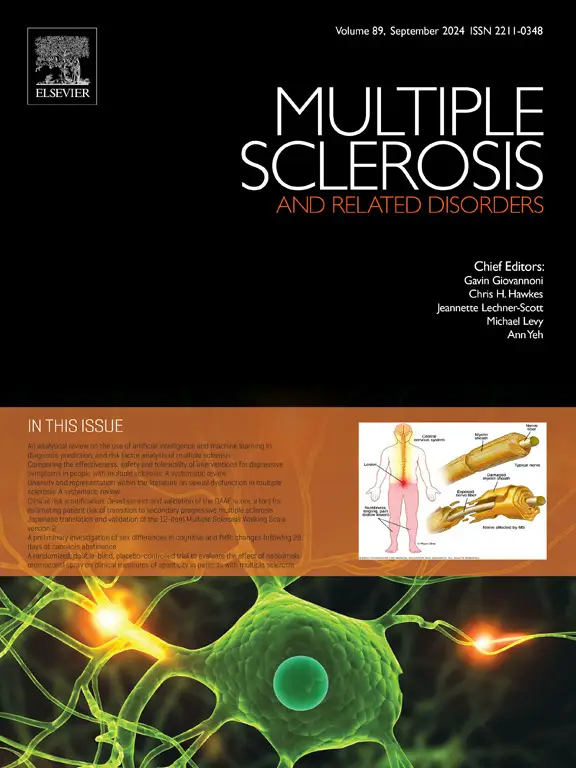Expert article by Tereza Hrnčiarova, Ph.D. from the 1st Medical Faculty of Charles University deals with the issue of treatment strategies in relapsing-remitting multiple sclerosis. Her work is based on data from the Czech ReMuS registry and the Swedish MS Registry (SMSR). It follows the work of colleagues from the Swedish and Danish registries, which dealt with a similar topic from the perspective of comparison of these two Scandinavian countries. The Swedish-Danish analysis is available in the prestigious journal JAMA Neurology.

Hrnciarova, T., Drahota, J., Spelman, T., Hillert, J., Lycke, J., Kubala Havrdova, E., Recmanova, E., Adamkova, J., Mares, J., Libertinova, J., Pavelek, Z., Hradilek, P., Ampapa, R., Stetkarova, I., Peterka, M., Martinkova, A., Stourac, P., Grunermelova, M., Vachova, M. Horakova, D. (2023). Does initial high efficacy therapy in multiple sclerosis surpass escalation treatment strategy? A comparison of patients with relapsing-remitting multiple sclerosis in the Czech and Swedish national multiple sclerosis registries. And Multiple Sclerosis and Related Disorders (Vol. 76, p. 104803). Elsevier BV. https://doi.org/10.1016/j.msard.2023.104803 PMID: 37329786
Abstract
Introduction: In relapsing-remitting multiple sclerosis (RRMS), the most common treatment strategy has been to initiate therapy with low-to-moderate potency drugs (LE-DMTs) and switch to more effective treatments in the event of disease activity. However, new evidence suggests better outcomes for patients who initiate treatment with high-efficacy drugs (HE-DMT) immediately after clinical onset.
Target: The aim of this study is to compare disease activity and disability outcomes in patients treated with these two alternative strategies using the Swedish and Czech national multiple sclerosis registries, taking advantage of the fact that the relative frequency of each strategy differs significantly between the two countries.
Methods: Adult patients with RRMS who started their first DMT between 2013 and 2016 and were enrolled in the Swedish MS registry were compared with a similar cohort from the Czech MS registry using propensity score overlap weighting. The main outcomes of interest were time to confirmation of worsening disability (CDW), time to reach a value of 4 on the EDSS scale, time to relapse and time to confirmation of improvement in disability (CDI). To support the results, a sensitivity analysis was performed focusing only on patients from Sweden who initiated HE-DMT and patients from the Czech Republic who initiated LE-DMT.
Results: In the Swedish cohort, 42 % patients received HE-DMT as initial therapy, whereas in the Czech cohort only 3.8 % patients did. The time to CDW was not significantly different between the Swedish and Czech cohorts (p-value 0.2764), with a hazard ratio (HR) of 0.89 and a 95% confidence interval (CI) of 0.77-1.03. Patients from the Swedish cohort showed better outcomes for all remaining variables. The risk of achieving EDSS 4 was reduced by 26 % (HR 0.74, 95%CI 0.6-0.91, p-value 0.0327), the risk of relapse was reduced by 66 % (HR 0.34, 95%CI 0.3-0.39, p-value <0.001), and the odds of CDI were three times higher (HR 3.04, 95%CI 2.37-3.9, p-value <0.001).
Conclusion: An analysis of the Czech and Swedish cohorts of patients with RRRS confirmed a better prognosis for patients in Sweden, where a significant proportion of patients started HE-DMT.
The full article is available in English by logging in to the journal's website Multiple Sclerosis and Related Disorders.

